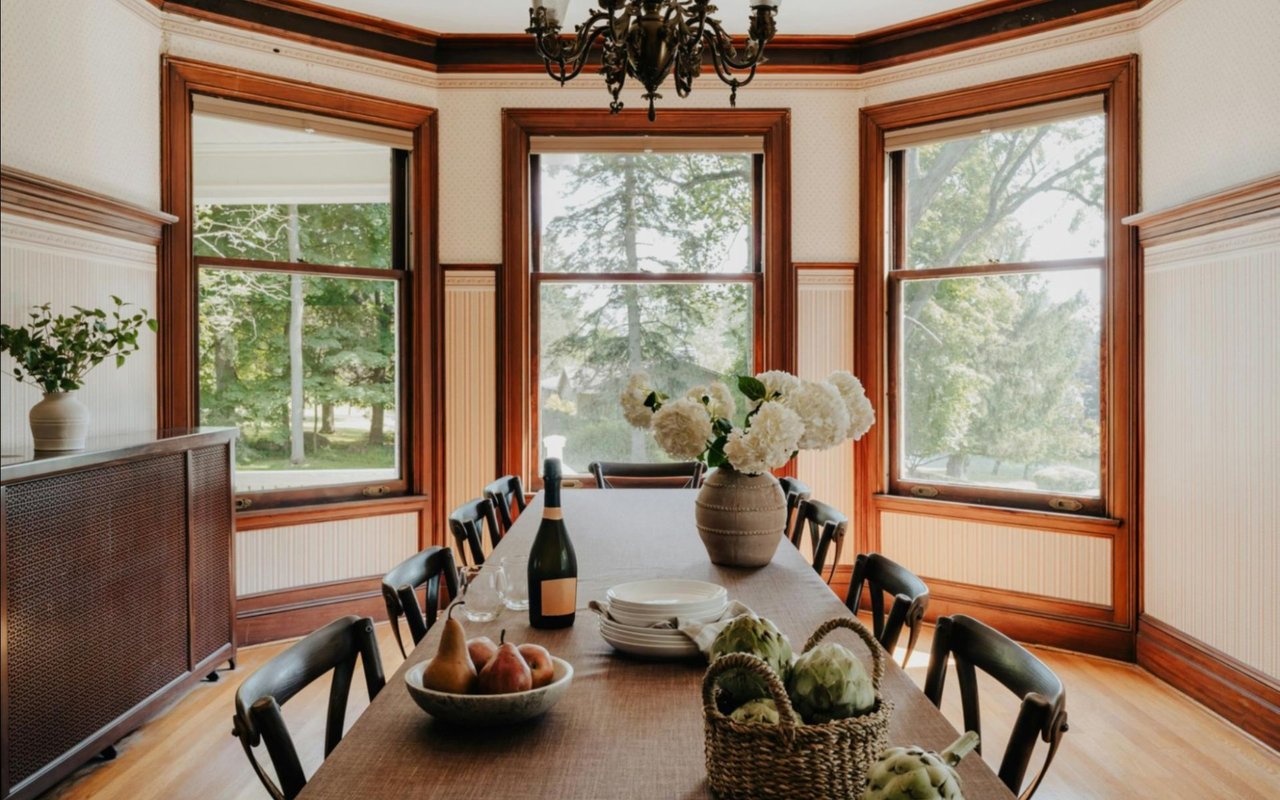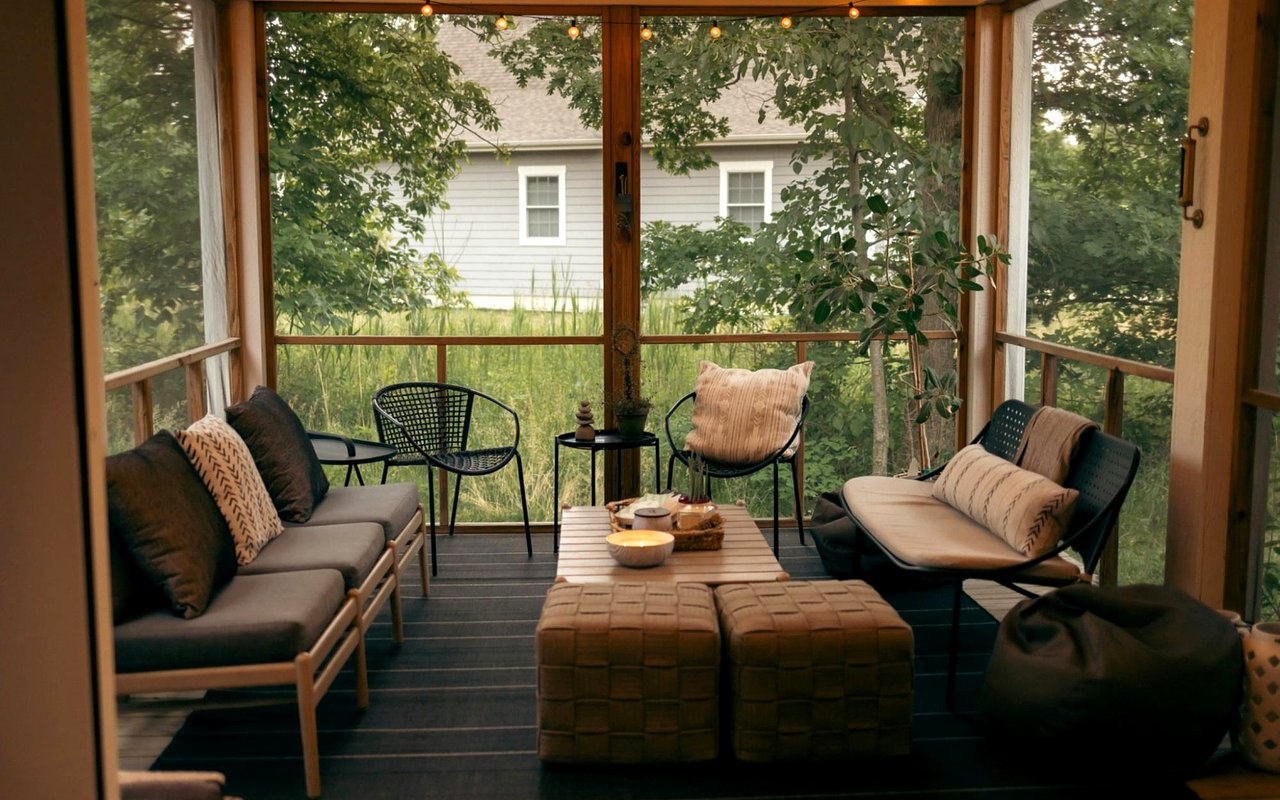Choosing the right paint colors for a home is both an art and a science. The process involves understanding color theory, the psychological effects of hues, and the practical aspects of lighting and space. By applying scientific principles, homeowners can create harmonious environments tailored to the unique functions of each room. This article explores the science of color and provides a comprehensive guide on how to choose colors for a room, ensuring each space in the home is both aesthetically pleasing and functional.
Understanding Color Theory
Color theory is the foundation of selecting paint tones. It encompasses the color wheel, which organizes colors in a circular arrangement based on their relationships. The primary colors—red, blue, and yellow—serve as the base for creating all other colors. Secondary colors (green, orange, and purple) and tertiary colors (combinations of primary and secondary) expand the palette, offering endless possibilities for design.
Color Harmony: Achieving color harmony involves selecting colors that complement each other. Common harmonious schemes include:
-
Complementary Colors: Colors opposite each other on the color wheel, such as blue and orange, create high contrast and vibrant looks.
-
Analogous Colors: Colors next to each other, like blue, blue-green, and green, offer a serene and cohesive feel.
-
Triadic Colors: Three colors evenly spaced on the wheel, such as red, yellow, and blue, provide a balanced and dynamic palette.
The Psychological Impact of Colors
Colors have profound psychological effects, influencing mood, perception, and behavior. Understanding these effects is crucial when choosing paint tones for different rooms:
-
Red: Stimulating and energetic, ideal for social spaces like living rooms and dining areas.
-
Blue: Calming and soothing, perfect for bedrooms and bathrooms where relaxation is key.
-
Yellow: Bright and cheerful, suitable for kitchens and home offices to inspire creativity and positivity.
-
Green: Associated with nature and tranquility, great for any room to create a balanced and restful environment.
-
Neutral Tones (Whites, Grays, Beiges): Versatile and timeless, providing a backdrop that can be accented with vibrant accessories.
Practical Considerations in Color Selection
Beyond theory and psychology, practical factors play a significant role in choosing paint colors for a room:
Lighting: Natural and artificial lighting can drastically alter how paint colors appear. It's essential to test paint samples in different lighting conditions throughout the day. North-facing rooms may benefit from warmer tones to counteract cool light, while south-facing rooms can handle cooler colors without feeling too stark.
Room Size: Light colors can make small rooms feel larger and more open, while darker hues can create a cozy and intimate atmosphere in larger spaces. Additionally, accent walls in darker shades can add depth and interest without overwhelming the space.
Functionality: The purpose of a room influences color choice. For example, a home office may benefit from colors that enhance focus and concentration, such as soft greens or blues, while a playroom might use vibrant, stimulating colors to encourage activity and creativity.
The Role of Texture and Finish
The texture and finish of paint also affect the perception of color. Matte finishes absorb light, making colors appear deeper and more muted, while glossy finishes reflect light, enhancing brightness and vibrancy. Textured paints can add dimension and interest, creating a unique visual experience that complements the chosen color palette.
Steps to Choose the Perfect Paint Color
-
Assess the Space: Evaluate the room’s size, lighting, and function. Consider architectural features and existing furnishings that may influence color choices.
-
Create a Mood Board: Gather inspiration from magazines, online platforms, and color swatches. A mood board helps visualize how different colors and textures work together.
-
Understand the Color Wheel: Use color theory to identify harmonious color schemes that align with the desired mood and function of the room.
-
Test Samples: Paint small sections of the wall with selected colors. Observe how they look at different times of the day and under various lighting conditions.
-
Consider Flow: Ensure that colors transition smoothly from one room to another, maintaining a cohesive aesthetic throughout the home.
-
Finalize the Palette: Choose a primary color for the walls, a secondary color for accents, and complementary colors for furniture and accessories to create a balanced and unified look.
Trends and Timeless Choices
While staying updated with current color trends can add a modern touch to a home, timeless colors offer longevity and versatility. Neutral palettes, soft pastels, and classic hues like navy, charcoal, and ivory remain popular for their adaptability and enduring appeal. Balancing trendy elements with timeless choices ensures that a home remains stylish without becoming dated.
Sustainable and Eco-Friendly Options
In today’s environmentally conscious world, selecting eco-friendly paint options is increasingly important. Low-VOC (volatile organic compounds) and non-toxic paints minimize harmful emissions, promoting healthier indoor air quality. Additionally, choosing high-quality paints with better coverage can reduce the number of coats needed, decreasing overall environmental impact.
Expert Tips for Successful Color Selection
-
Start with Neutrals: Begin with a neutral base and introduce pops of color through accessories and furnishings. This approach allows for flexibility in updating the room’s look over time.
-
Use the 60-30-10 Rule: Allocate 60% of the room to a dominant color, 30% to a secondary color, and 10% to an accent color. This balance creates visual interest without overwhelming the space.
-
Consider Texture and Patterns: Incorporate different textures and patterns to add depth and complexity, enhancing the chosen color scheme.
-
Seek Professional Advice: Consulting with a color expert or interior designer can provide valuable insights and ensure that color choices align with the overall design vision.
Common Mistakes to Avoid
-
Ignoring Lighting: Failing to consider how lighting affects color can lead to unexpected and undesired results. Always test colors in the actual environment before committing.
-
Overlooking Room Function: Choosing colors without considering the room’s purpose can impact functionality and comfort. Align color choices with how the space will be used.
-
Being Overly Bold: While vibrant colors can make a statement, using too many bold hues can create a chaotic and overwhelming atmosphere. Balance bold colors with neutrals to maintain harmony.
-
Neglecting Flow: Inconsistent color schemes across different rooms can disrupt the overall aesthetic. Ensure a cohesive flow by selecting colors that complement each other throughout the home.
The science of color is a powerful tool in creating beautiful and functional living spaces. By understanding color theory, the psychological effects of hues, and practical considerations like lighting and room size, homeowners can make informed decisions on how to choose colors for a room. Whether aiming for tranquility in a bedroom, energy in a living room, or creativity in a home office, the right paint tones can transform a house into a harmonious and personalized home. Embracing the science of color not only enhances aesthetic appeal but also contributes to the overall well-being and comfort of those who inhabit the space.
Transform Your Space with Expert Real Estate Guidance
Ready to turn your house into a dream home or prepare it for the market? Meredith Colburn is here to help you navigate every step of the real estate journey, including expert advice on selecting the perfect paint tones. Understanding how to choose colors for a room can significantly enhance your home's appeal and value. Whether you're buying, selling, or renovating, Meredith’s expertise in color science and market trends ensures your space stands out. Contact Meredith Colburn today to make informed decisions and create a harmonious, attractive home that meets your lifestyle and investment goals.




